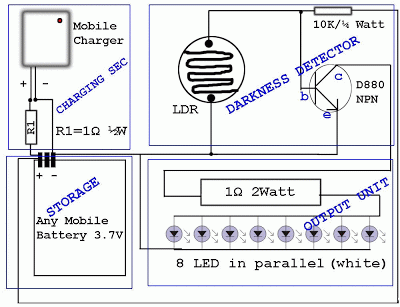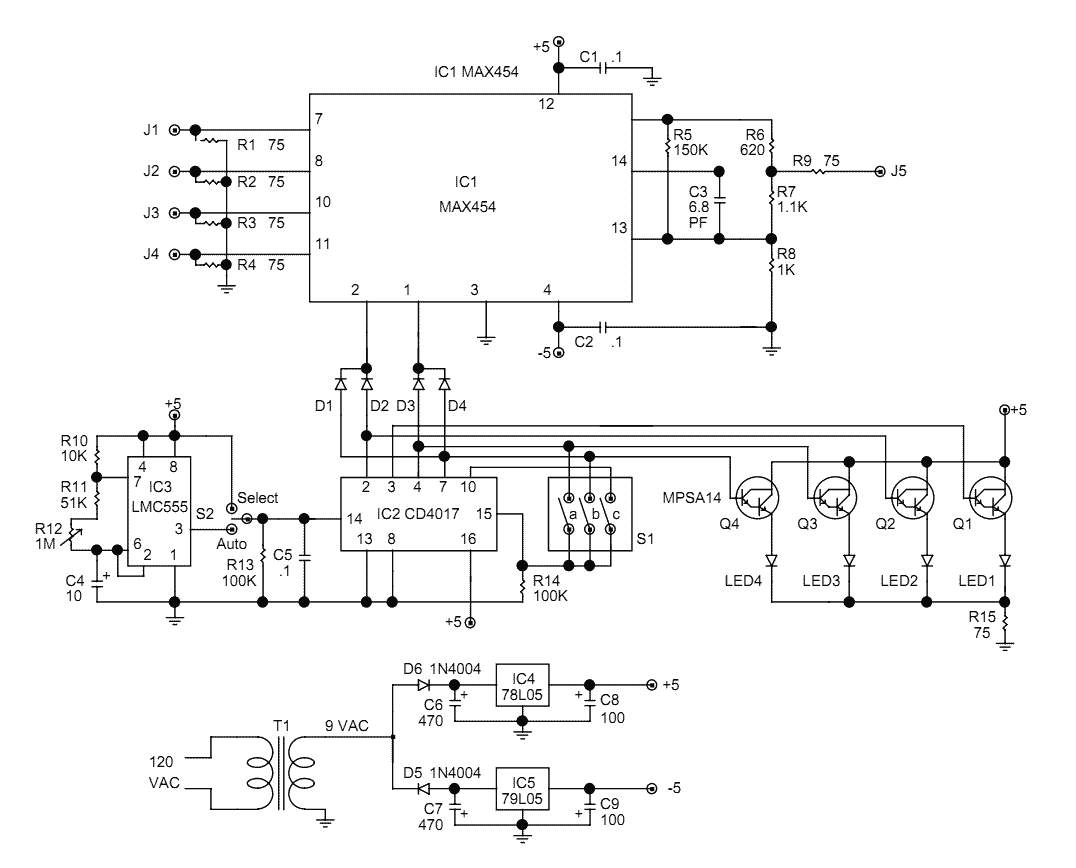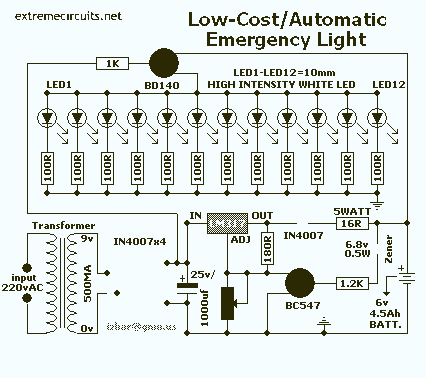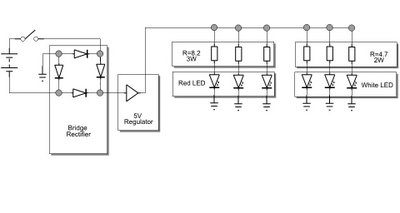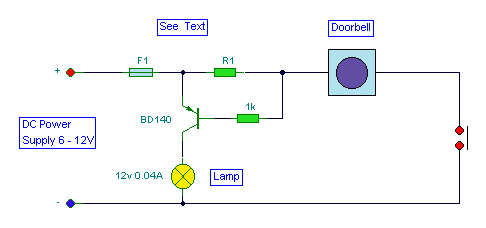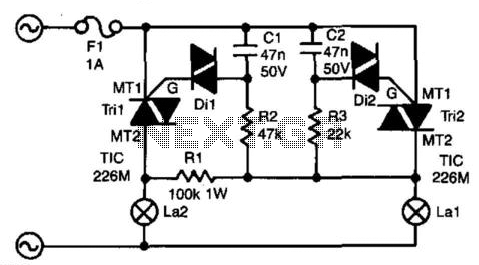
Light sensitive switch
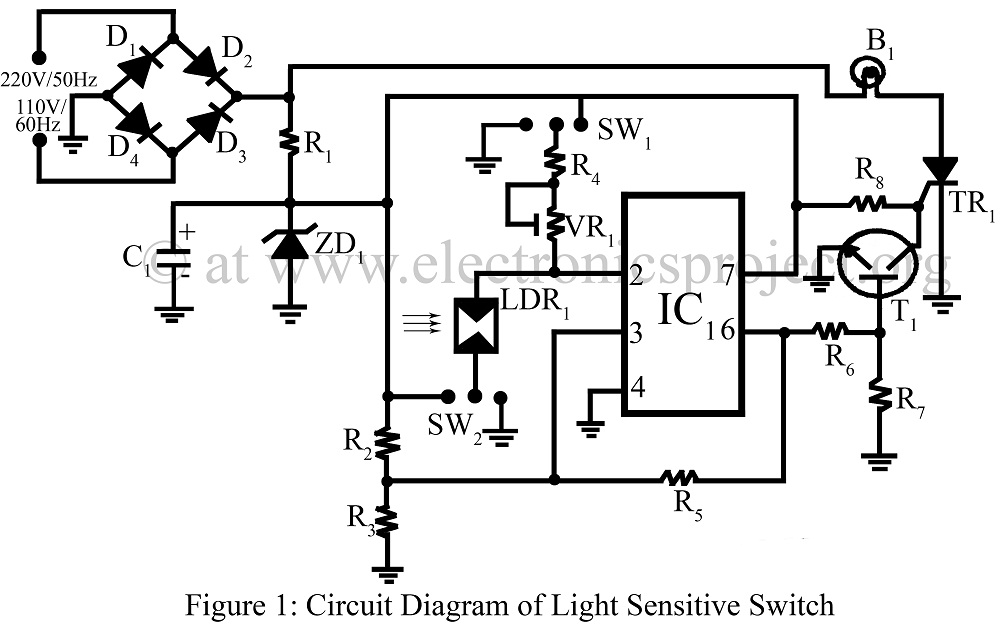
A light-sensitive switch, also known as a dark-sensitive switch, is a specialized switch that utilizes an operational amplifier integrated circuit (IC) LM74 in conjunction with a light-dependent resistor (LDR).
The light-sensitive switch circuit operates by detecting ambient light levels and controlling the switching state based on the intensity of light. The LDR, whose resistance decreases with increasing light intensity, is connected to the inverting input of the LM74 op-amp. This setup allows the op-amp to compare the voltage across the LDR with a reference voltage set at the non-inverting input.
When the light intensity falls below a certain threshold, the resistance of the LDR increases, causing the voltage at the inverting input to drop below the reference voltage. This condition triggers the op-amp to output a high signal, which can be used to activate a relay or another switching device. Conversely, when the ambient light level is above the threshold, the op-amp output goes low, deactivating the connected load.
The circuit generally includes a few additional components for stability and performance enhancement. A capacitor may be added in parallel with the LDR to filter out noise and prevent rapid switching due to fluctuations in light intensity. A resistor may also be included in series with the LDR to set the reference voltage and establish the sensitivity of the switch.
This type of circuit is commonly used in applications such as automatic street lighting, garden lights, or any system requiring automated control based on light levels. The combination of the LM74 op-amp and LDR provides a reliable and efficient means of achieving light-sensitive control in various electronic projects.Light sensitive switch or dark sensitive switch is a special type of switch using op-amp IC LM74 and LDR circuit diagram with description . 🔗 External reference
The light-sensitive switch circuit operates by detecting ambient light levels and controlling the switching state based on the intensity of light. The LDR, whose resistance decreases with increasing light intensity, is connected to the inverting input of the LM74 op-amp. This setup allows the op-amp to compare the voltage across the LDR with a reference voltage set at the non-inverting input.
When the light intensity falls below a certain threshold, the resistance of the LDR increases, causing the voltage at the inverting input to drop below the reference voltage. This condition triggers the op-amp to output a high signal, which can be used to activate a relay or another switching device. Conversely, when the ambient light level is above the threshold, the op-amp output goes low, deactivating the connected load.
The circuit generally includes a few additional components for stability and performance enhancement. A capacitor may be added in parallel with the LDR to filter out noise and prevent rapid switching due to fluctuations in light intensity. A resistor may also be included in series with the LDR to set the reference voltage and establish the sensitivity of the switch.
This type of circuit is commonly used in applications such as automatic street lighting, garden lights, or any system requiring automated control based on light levels. The combination of the LM74 op-amp and LDR provides a reliable and efficient means of achieving light-sensitive control in various electronic projects.Light sensitive switch or dark sensitive switch is a special type of switch using op-amp IC LM74 and LDR circuit diagram with description . 🔗 External reference
